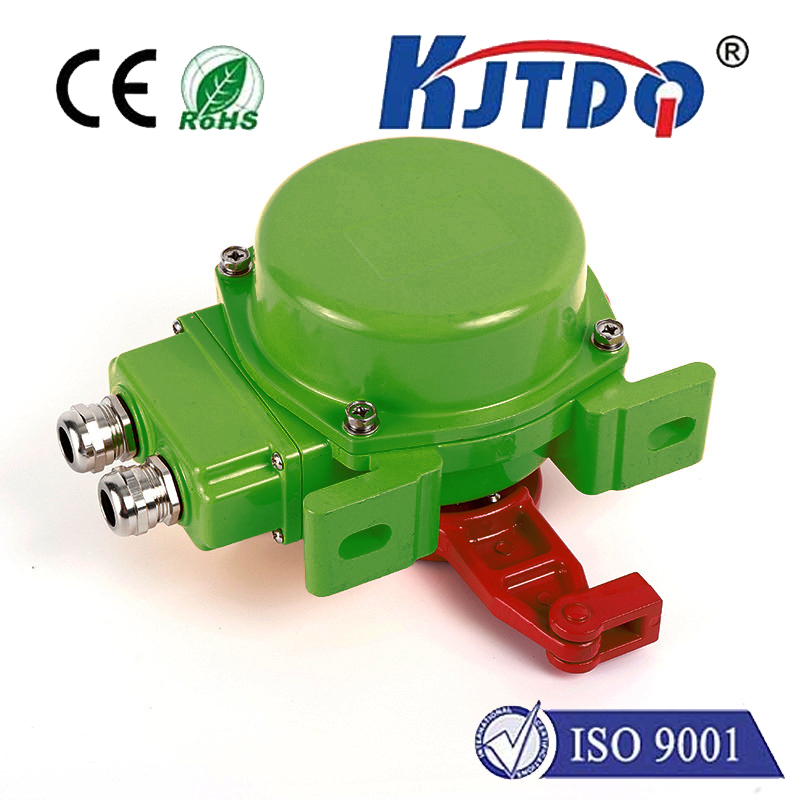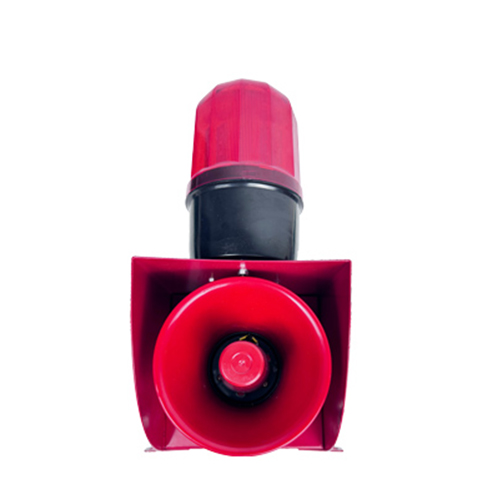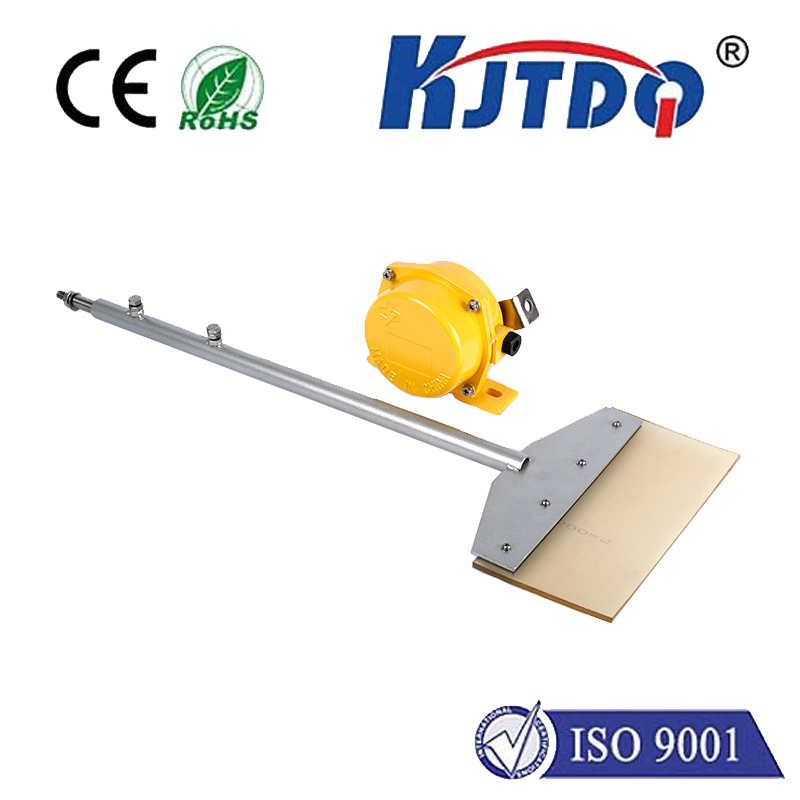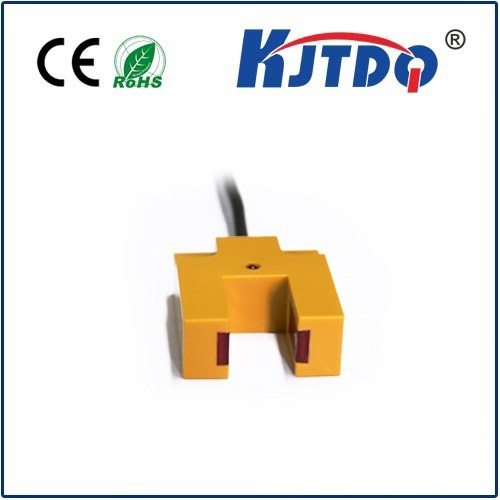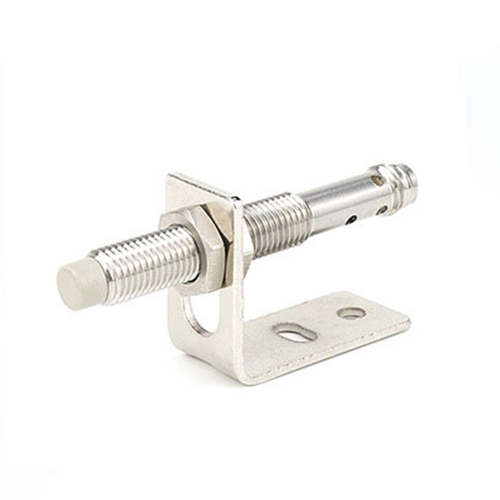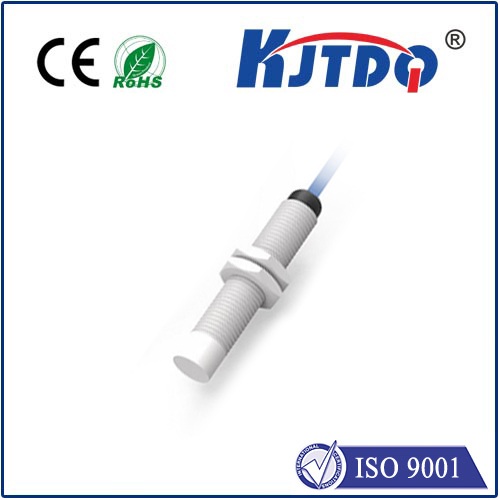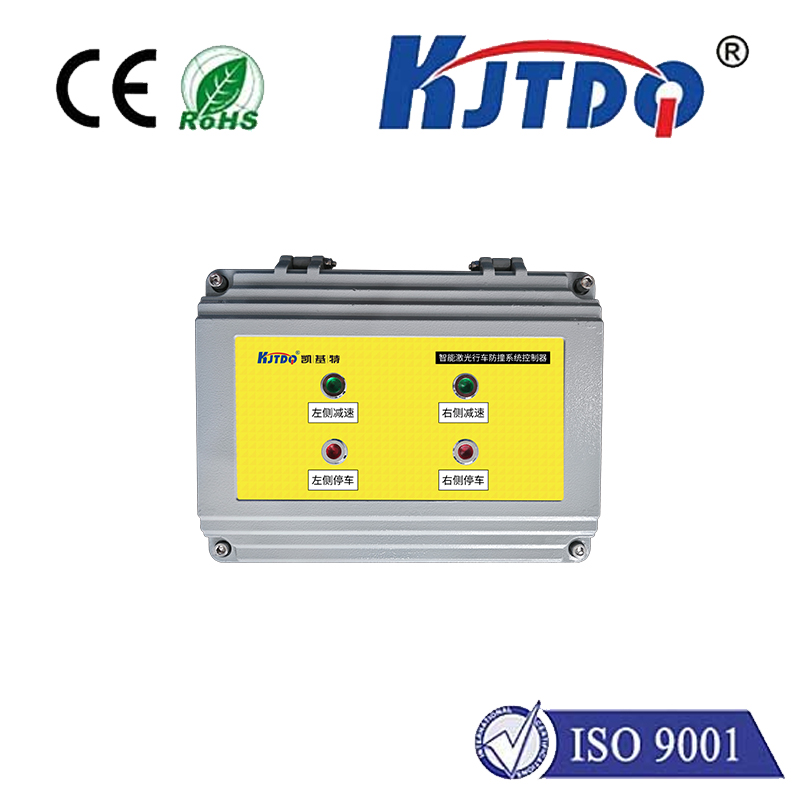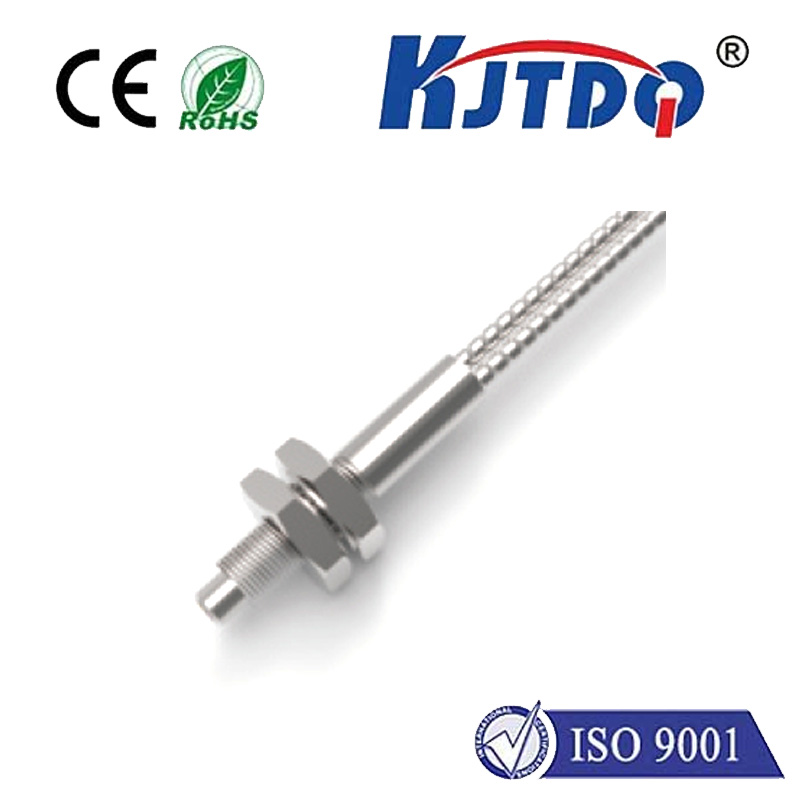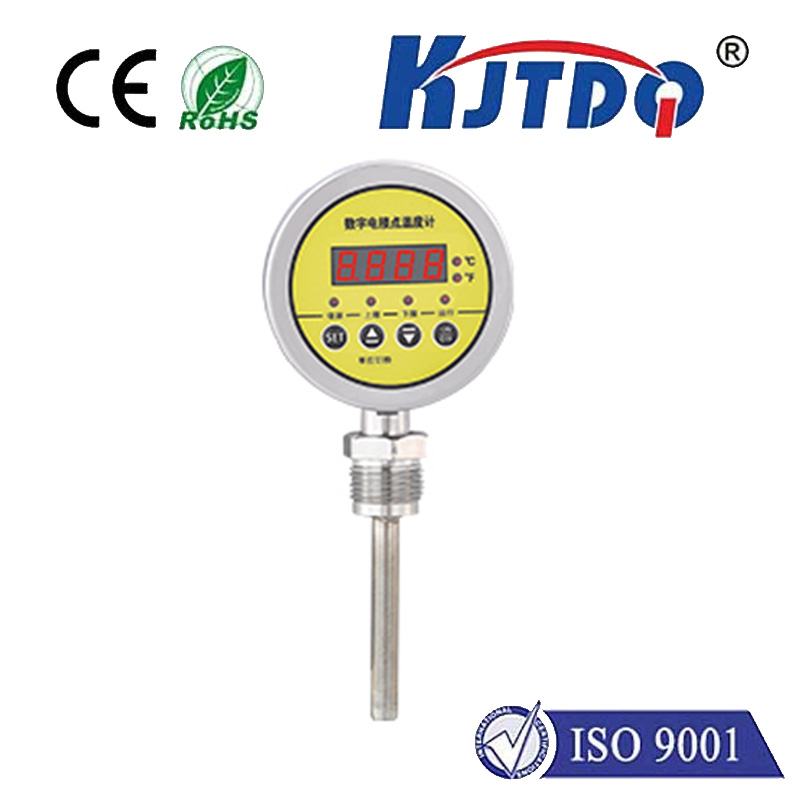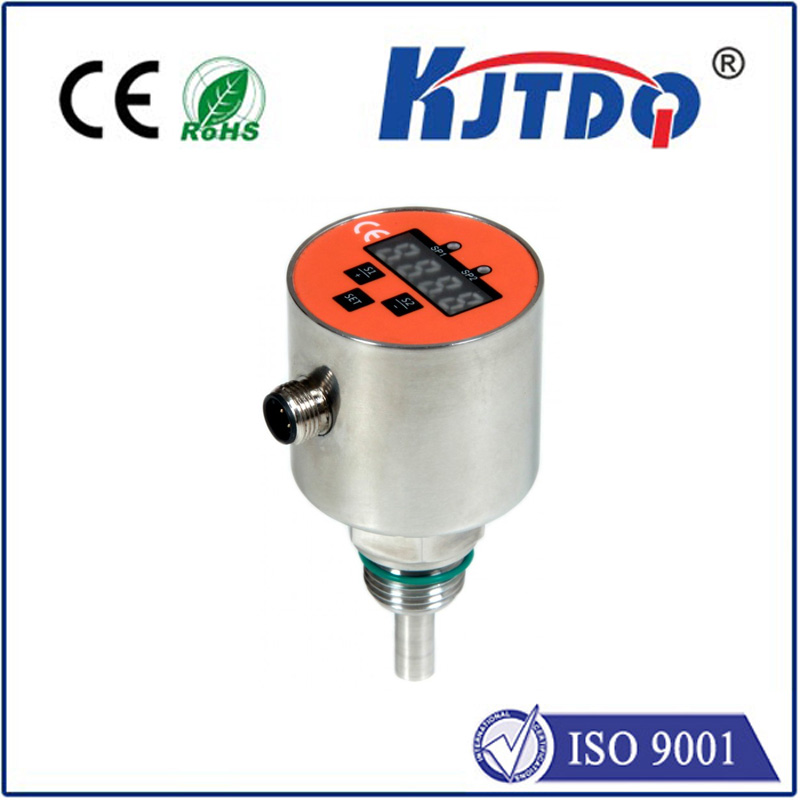

check

check

check

check

check

check

check

check

check

check
Photoelectric sensors are devices that use light to detect objects or measure distances. They are widely used in industries such as manufacturing, automation, and robotics. There are different types of photoelectric sensors available in the market, each with its unique features and applications. In this article, we will discuss some of the common types of photoelectric sensors.
1. Through-beam sensors
Through-beam sensors consist of a transmitter and a receiver placed opposite to each other. The transmitter emits a beam of light, which is received by the receiver when there is no object in the path. When an object passes through the beam, it interrupts the light, and the receiver sends a signal to the control system. These sensors are suitable for applications where the object size and shape are known, and there is a clear line of sight between the transmitter and receiver.
2. Diffuse sensors

Diffuse sensors have both the transmitter and receiver located in the same housing. They work on the principle of reflective light detection. When an object comes into contact with the light beam, it reflects back to the receiver, which then sends a signal to the control system. These sensors are ideal for applications where the object size and shape may vary, and there is no clear line of sight between the transmitter and receiver.
3. Color sensors
Color sensors are designed to detect the color of an object. They use LEDs or laser diodes to illuminate the object and a photodiode or phototransistor to measure the reflected light's intensity. Color sensors can be used in various applications, including quality control in food processing, pharmaceuticals, and cosmetics industries.
4. Proximity sensors
Proximity sensors detect objects without physical contact. They use electromagnetic fields or ultrasonic waves to detect objects' presence and distance. Proximity sensors are commonly used in industrial automation for tasks such as counting, positioning, and level monitoring.
5. Fiber-optic sensors
Fiber-optic sensors use optical fibers to transmit light from the source to the detector. They are suitable for harsh environments where traditional sensors may fail due to high temperatures, corrosive chemicals, or electromagnetic interference. Fiber-optic sensors are commonly used in medical imaging, telecommunications, and oil and gas industries.
In conclusion, photoelectric sensors come in various types, each with its unique features and applications. By understanding the different types of photoelectric sensors, you can choose the right one for your specific needs and improve your automation processes' efficiency and accuracy.
